Earth Science: Plate Movements, Pangaea

Next we did a little activity to show how continents could move without some giant hand pulling them apart. This was perfect for the kids, since it let them “see” the continents move without our touching them. I cut the continents out of foam. The kids folded construction paper. First we set the continents close together with a piece of playdough to weight the continents down.
As the kids pulled each side of the construction paper, they could see the continents move apart. We got this idea from Robert Gardners” Earth-Shaking Science Projects About Planet Earth. (affiliate link)
The red paper represents the mantle and the next experiment helped the kids understand how and why magma flows.
The mantle is hotter than the crust. This is a terrible picture, but it helped the kids see that heat rises. We took ice cold water and poured it into a jar. We dyed some water green and heated it up. Then LD sucked the hot water with a turkey baster (but I think a eye dropper might work better) and slowly let out the hot/green water. The kids could see the green water streaming upwards toward the surface. This helped the kids understand why magma/lava from the mantle would move up/out of the crust and/or shift about to affect the earth’s plates.
Be sure to check out our 150+ page Earth Science Packet:
You might also want to check out our Layers of the Atmosphere Packet

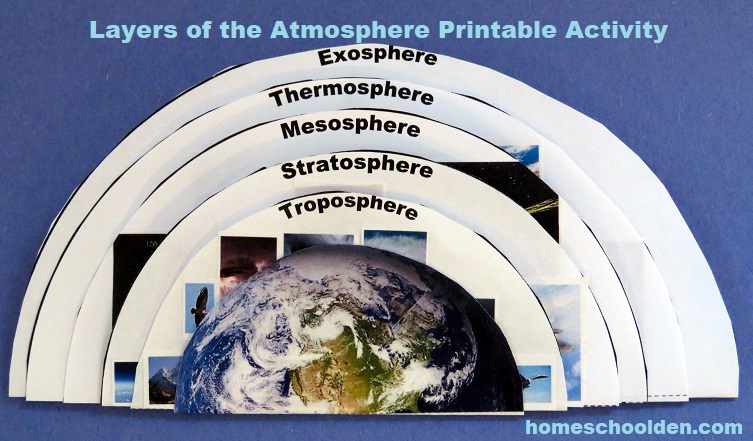
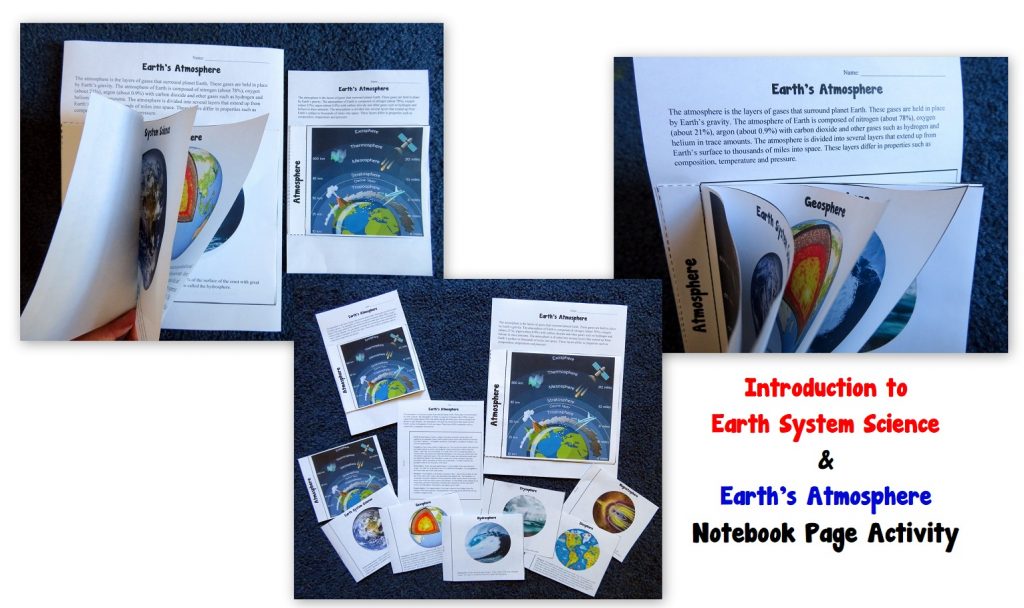
We especially liked the books below. These are affiliate links:
- Geology Rocks
- How the Earth Works: 60 Fun Activities for exploring Volcanoes, Fossils, Earthquakes and More
- Janice VanCleave’s Earthquakes
- Earth-Shaking Science Projects about Planet Earth (Rockin’ Earth Science Experiments)
You might also be interested in these related posts:
- Learning about the Solar System – Including the hands-on kit the kids loved assembling and painting.
- Earth Science: Timeline of Earth Activity – A Montessori activity that is meant to impress kids with the enormity of time on Earth.
- Earth Science: Layers of the Earth hands-on Activity
- Earth’s Geologic Timeline – How scientists divide Earth’s history into eons and eras
- Learning about Latitude and Longitude, Using a Compass
- Earth Science: Plate Movement Hands-On Activities
- Earth Science: Layers of the Atmosphere
- Earth Science: Layers of the Earth Hands-On Activity
- Earth Science: Plate Movements, Pangea
- Plate Movement and Earthquakes
- Earth Science: Plate Movements and Earthquakes, Volcanoes and Mountain Making
- Earth Science: How Fold Mountains are Formed
- Topographic Maps
- World Biomes Pin Map
- Preschool Geography and More Preschool Geography Activities
Disclosure: Please note that some of the links in this post are affiliate links, and at no additional cost to you, I will earn a commission if you decide to make a purchase.
See you again soon here or over at our Homeschool Den Facebook Page! Don’t forget to Subscribe to our Homeschool Den Newsletter. You might also want to check out some of our resources pages above (such as our Science, Language Arts, or History Units Resource Pages) which have links to dozens of posts. You might want to join our free Homeschool Den Chat Facebook group. Don’t forget to check out Our Store as well.

~Liesl
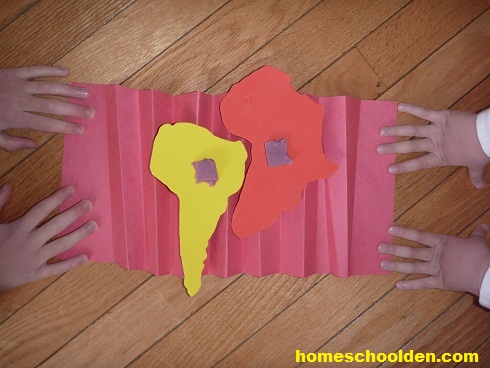
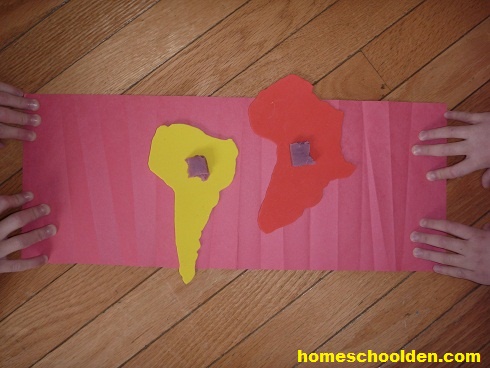

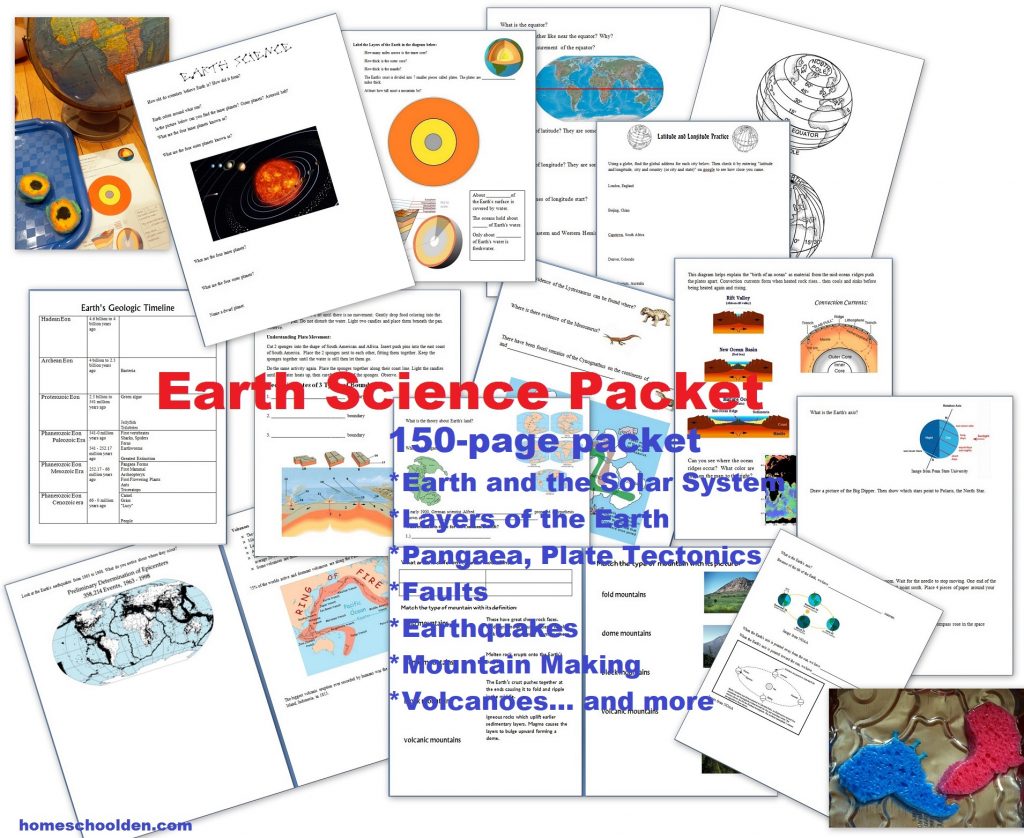
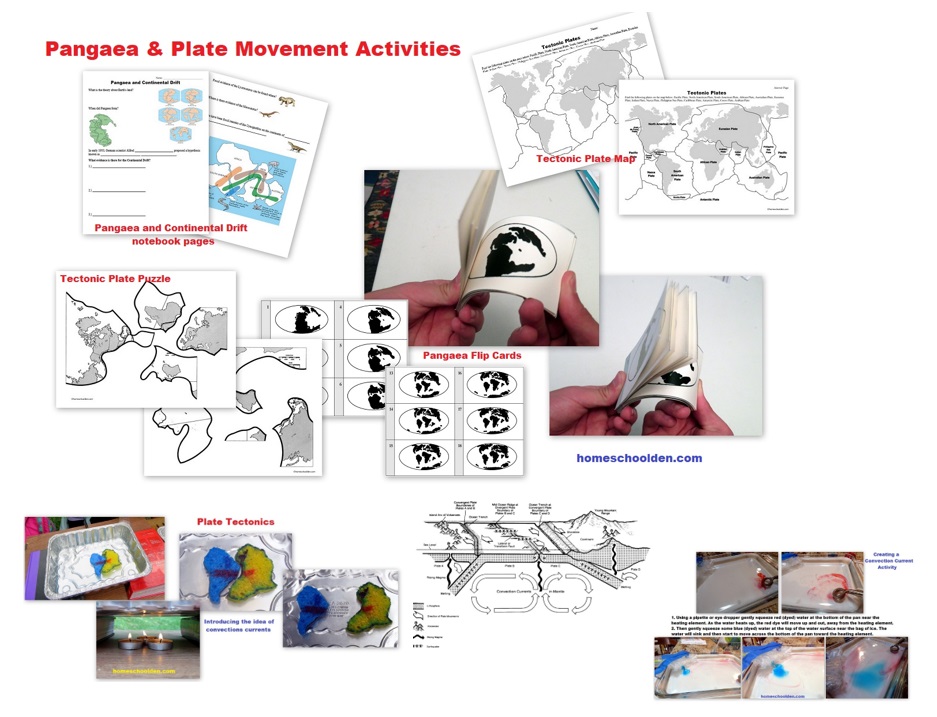
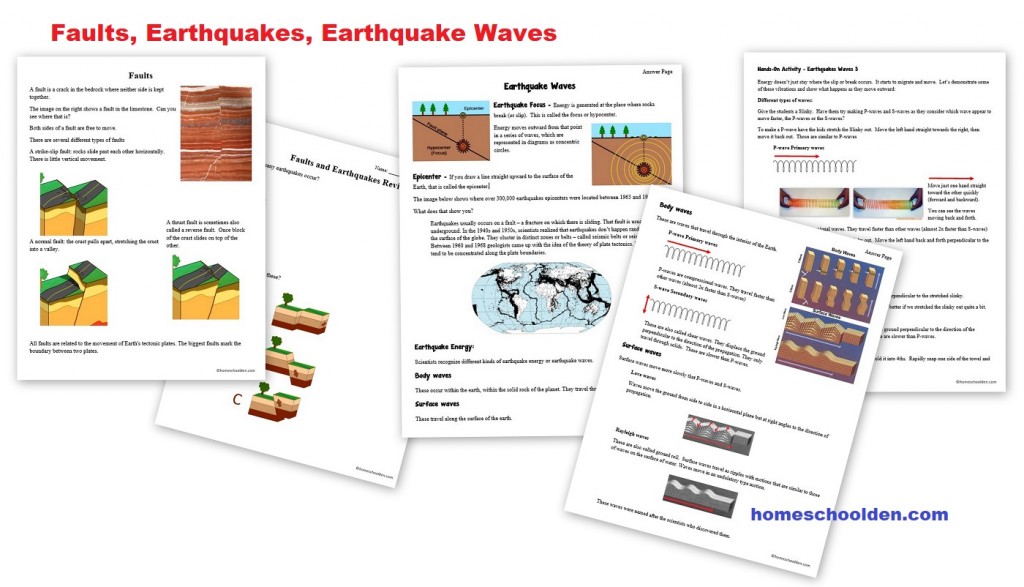
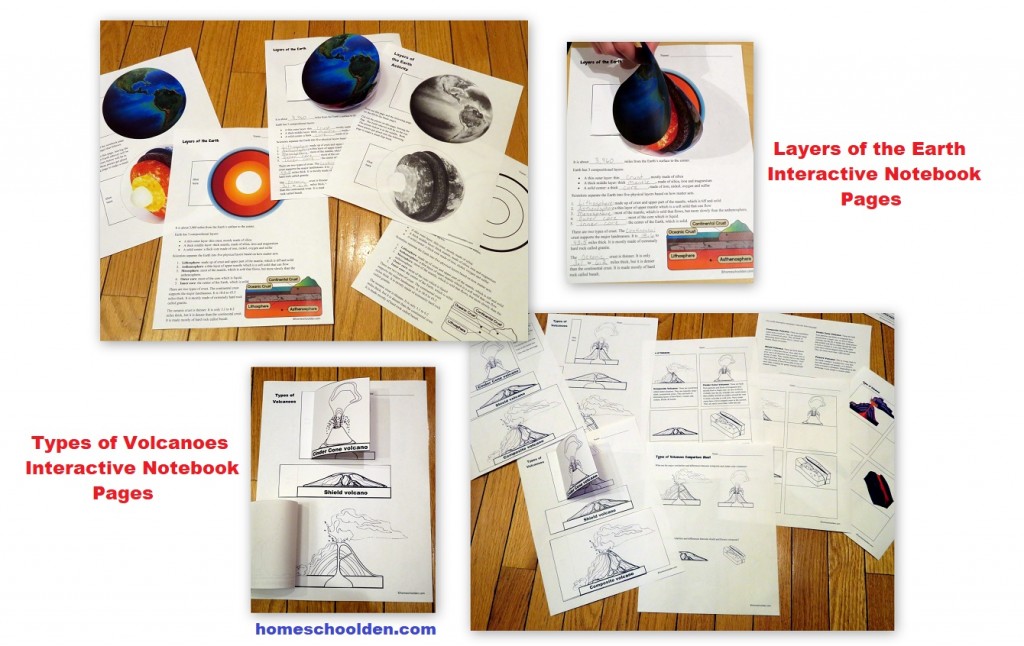
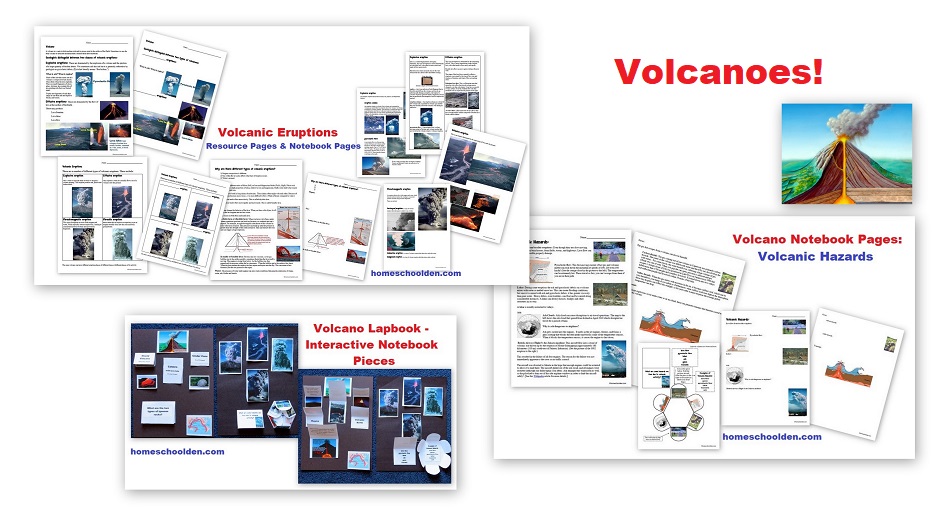
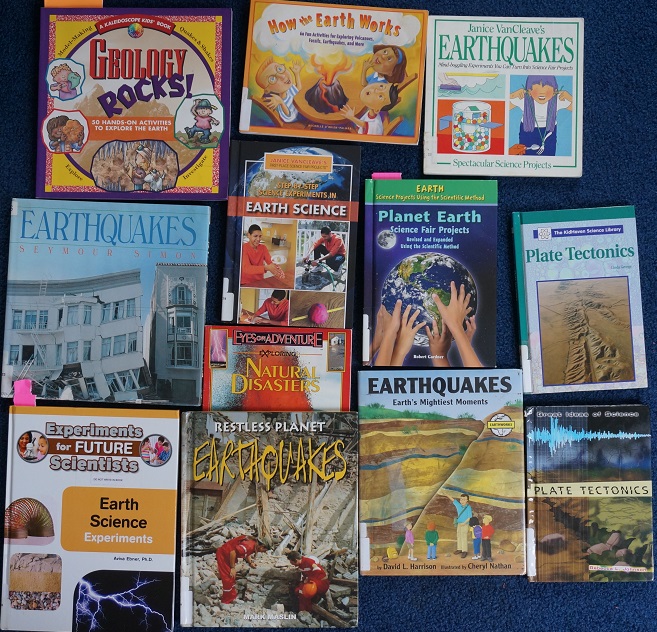






















































That's a great experiment!
That's a great experiment!
I still remember when I was in elementary school, staring at a world map and realizing that the two continents could fit together like a puzzle. I thought I had discovered something nobody else had and I ran off to tell the teacher lol
I still remember when I was in elementary school, staring at a world map and realizing that the two continents could fit together like a puzzle. I thought I had discovered something nobody else had and I ran off to tell the teacher lol